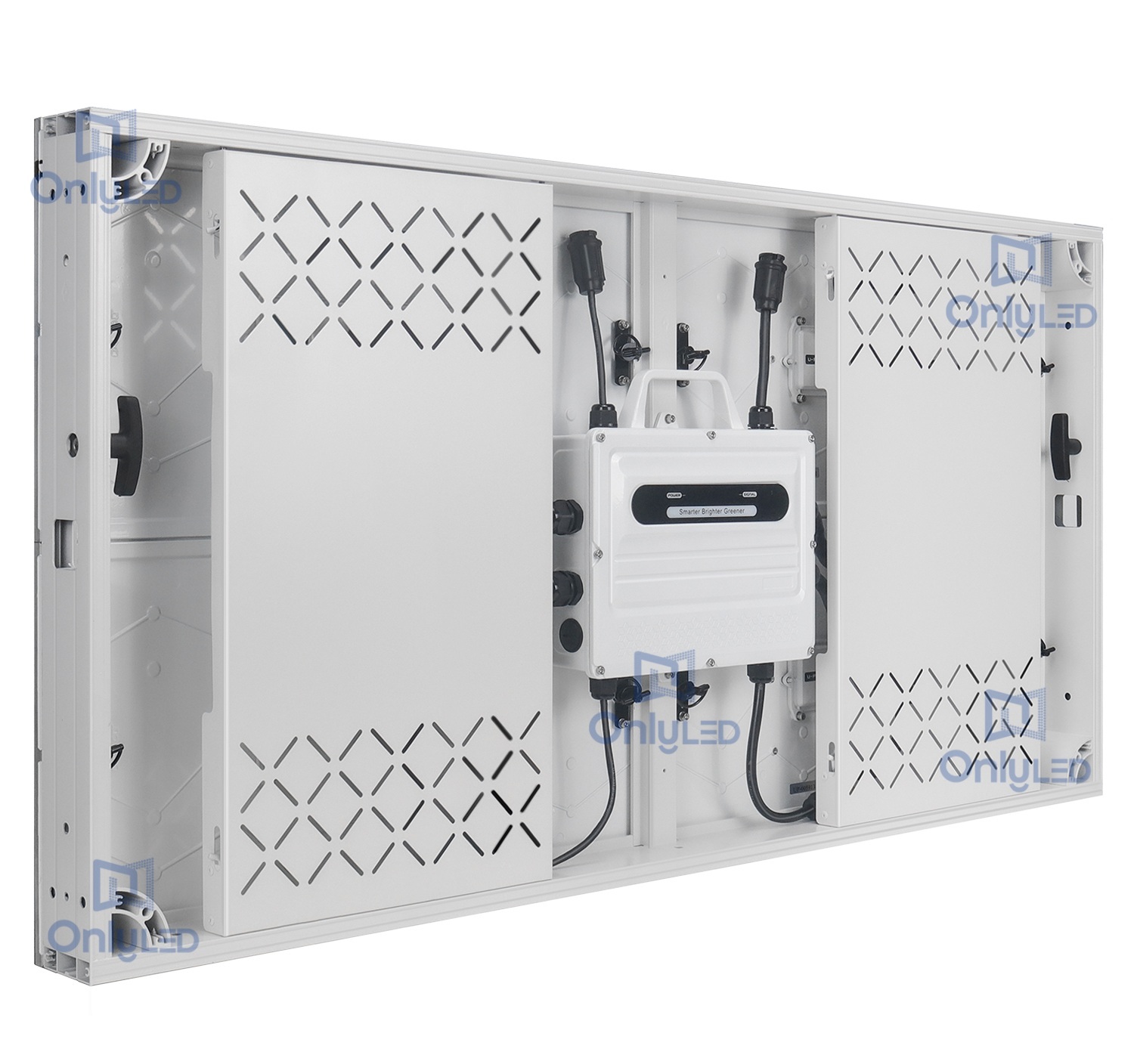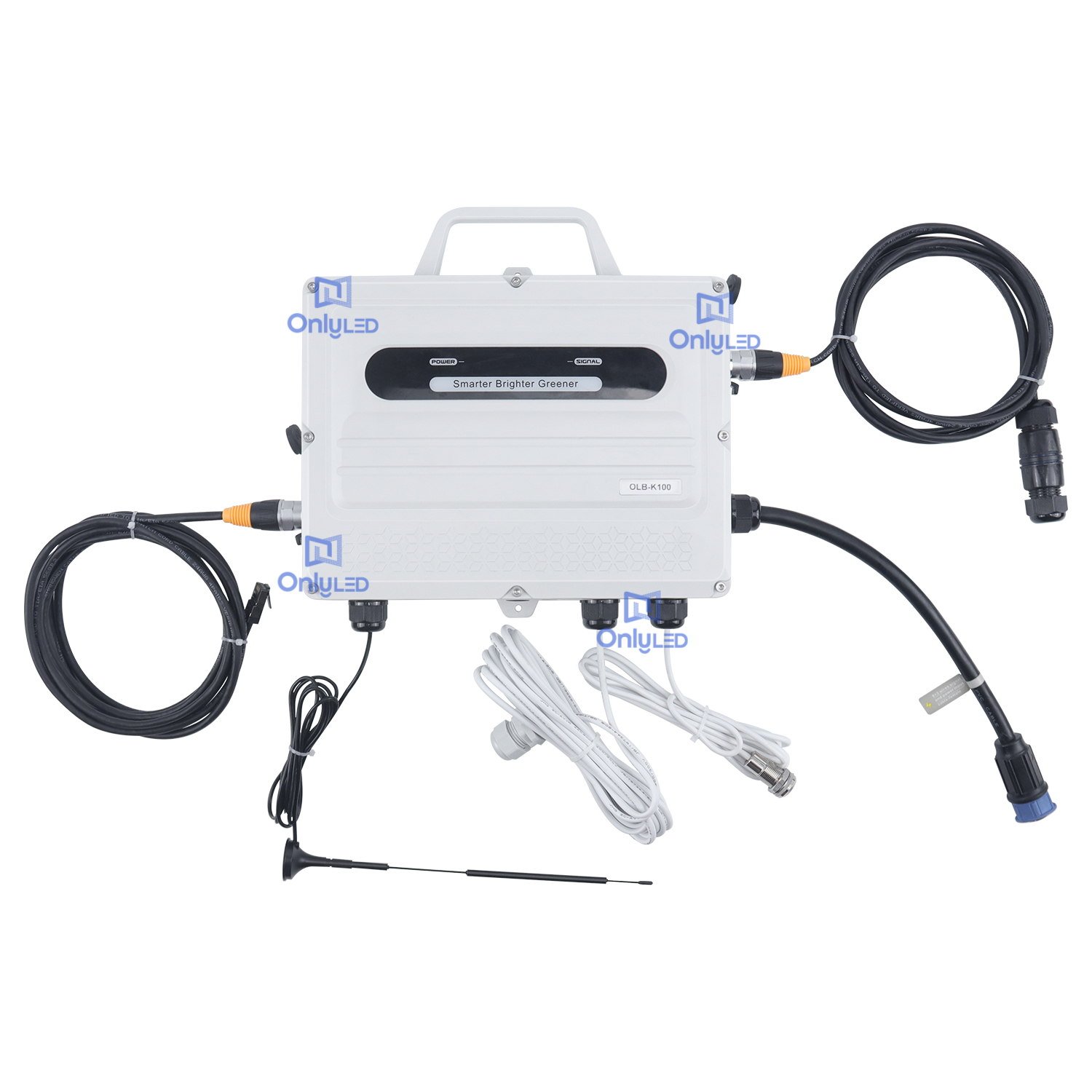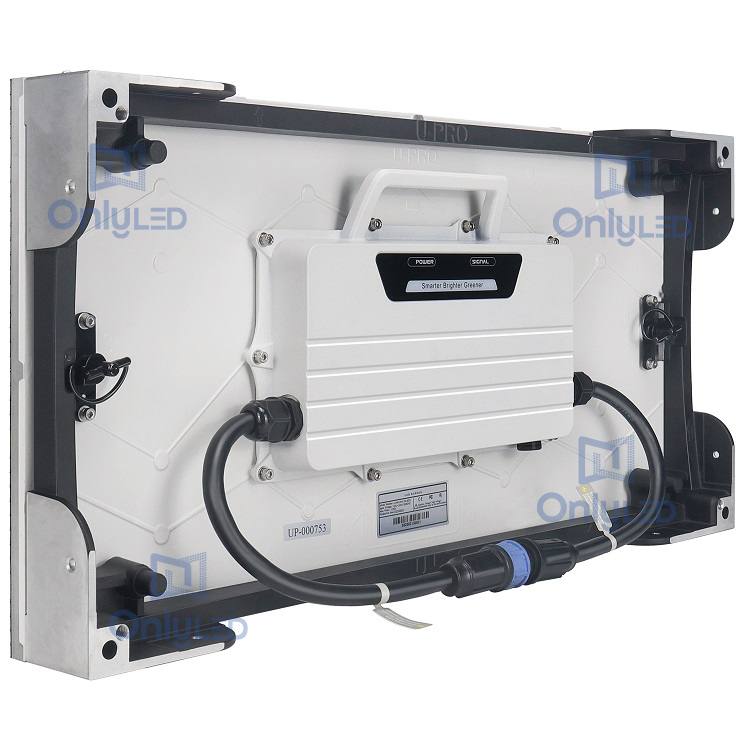Industry News
Everything You Need to Know Before Purchasing a LED Indoor Full Color Screen
Are you planning to buy a LED indoor full color screen? With the wide variety of options available in the market, it's important to understand what features and factors to consider before making a purchase. This comprehensive guide aims to provide you with all the information you need to make an informed decision.
1. Understanding LED Indoor Full Color Screens
LED indoor full color screens are high-resolution displays that offer vibrant and clear images and videos. These screens are widely used in various applications, including advertising, stadiums, theaters, and retail spaces. Understanding the key components and features of LED indoor full color screens is essential in choosing the right one for your needs.
2. Factors to Consider
2.1 Pixel Pitch: Pixel pitch refers to the distance between adjacent pixels on the LED screen. A smaller pixel pitch indicates higher pixel density and better image quality. Consider the viewing distance and the desired level of detail when selecting the pixel pitch.
2.2 Resolution: The resolution of a LED screen determines the number of pixels it can display. Higher resolution screens offer sharper and more detailed images. Choose a resolution that best suits your content and viewing distance requirements.
2.3 Brightness: Brightness refers to the intensity of the light emitted by the LED screen. Higher brightness levels are ideal for environments with high ambient light, while lower brightness levels are suitable for dimly lit spaces. Consider the surrounding lighting conditions when selecting the brightness of the screen.
2.4 Contrast Ratio: The contrast ratio determines the difference in brightness between the darkest and brightest parts of an image. A higher contrast ratio results in more vibrant and lifelike visuals. Look for screens with a high contrast ratio to ensure optimal image quality.
2.5 Viewing Angle: The viewing angle indicates the maximum angle at which the screen can be viewed without any loss of image quality. A larger viewing angle allows for a wider audience to view the screen comfortably. Consider the viewing angle requirements based on the installation location.
2.6 Durability: LED screens may be exposed to various environmental factors, such as dust, moisture, and temperature fluctuations. Ensure that the screen is built to withstand these conditions and has a durable enclosure for long-lasting performance.
3. Additional Considerations
3.1 Connectivity Options: Check the available connectivity options, such as HDMI, VGA, or USB, to ensure compatibility with your devices.
3.2 Maintenance and Support: Inquire about the maintenance requirements and available support options from the manufacturer to ensure the longevity of your LED screen.
3.3 Energy Efficiency: LED screens are known for their energy-saving capabilities. Look for screens that are energy-efficient to reduce power consumption and operating costs.
3.4 Budget: Determine your budget and look for LED screens that offer the best value for money within your price range.
In Conclusion
Purchasing the right LED indoor full color screen requires careful consideration of various factors such as pixel pitch, resolution, brightness, contrast ratio, viewing angle, durability, connectivity options, maintenance and support, energy efficiency, and budget. By understanding these factors and assessing your specific requirements, you can make a well-informed decision and choose a LED screen that meets your needs and provides an exceptional viewing experience.




